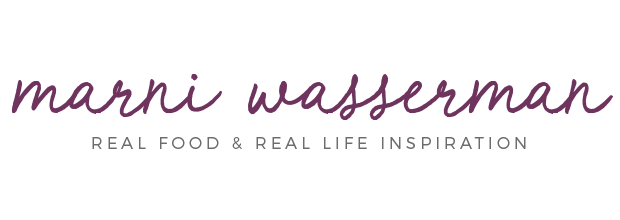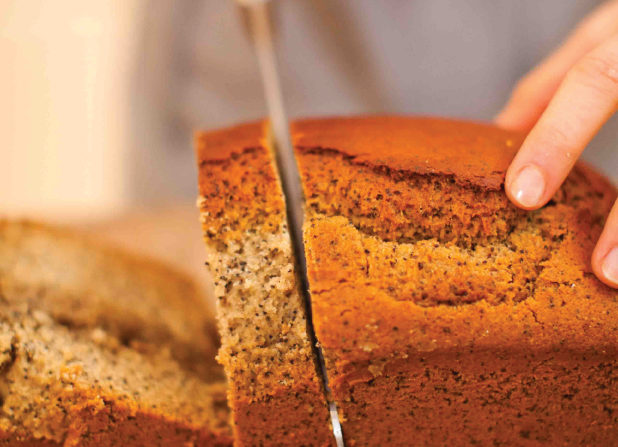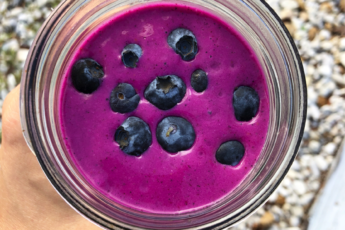I seem to be the go-to nutrition expert these days for the latest foods trends. Don’t get me wrong, I am happy to share my two cents on some of the wild things that are happening in the food industry.
Recently, I was interviewed by Jason Osler of CBC News on the latest trend around gendered foods; more specifically Stonemill Bakehouse’s release of their Men’s and Women’s bread. Which, by the way, can no longer be found on their website.
There is of course a lot of hype around this as you can imagine. Consumers are wondering if this is something that is going to be the “bread and butter” of their diet, while marketers fear that this is just another ploy for the company to get an edge on the ever-so saturated market of healthy breads.
To be honest I think it’s a bit of both. Don’t get me wrong, my immediate reaction to something like this is a red flag. Why the heck do we need a male and a female bread? But after some thought and taking time to look into this from the company’s perspective (as a nutritionist) they may be on to something, or are they?
Of course males and females have different nutritional requirements. However, these requirements may not be consistent across the board. For instance, what one male or female may be lacking in nutritionally, another may be thriving or abundant in. So you can’t necessarily generalize. There are definitely some nutrients that women specifically require as they age such as calcium, vitamin D, omega fatty acids, protein and often iron. As for males usually selenium, zinc, iron and protein are often the main ones.
This is where it gets tricky. Companies such as Stonemill Bakehouse have picked up on this (not necessarily with a team of nutritionists) and geared their new breads with these specific nutritional needs in mind. Which was very strategic. In addition, they have a whole line of Wellbeing breads that are geared towards specific “needs” like low calorie and heart health. So this is already the type of market the are after. They know what they are doing. But it didn’t land so well.
My concern is that people will look at these breads and make their purchase based on the cohort they fall into. They may also believe that they will have all their basis covered as a result of having a slice or two of bread. It’s not a multivitamin (not that I am not even a fan of multivitamins) but my point is that people should always be looking towards the whole food sources of these nutrients and not getting them from products with smaller fractions, sources or derivatives of foods them. Even though Stonemill Bakehouse made it apparent that they were using trendy health foods such as hemp, flax or quinoa (ingredients that I love) to provide missing nutrients, it surely doesn’t cover the requirements that a male or female may need. There is such a small amount in a serving of bread and they are often heated or processed (which means they can be rancid, especially omega fats) that it won’t make a huge impact on one’s overall health and if anything may affect it negatively.
It’s important that consumers are mindful that having a slice of this bread or other gender-tailored foods, are just a (small) part of ones’ nutrient profile and not the full package. I don’t want people thinking that their “women bread” will heal osteoporosis or anything like that. You should not be focusing on the percentage or daily value of nutrients. Anything that is coming in a package is something you should be looking at more closely. How processed is it? What are the sources of the ingredients? Are there additives? These are the questions you should really be asking.
Who knows where this trend may lead. It all depends on how many, if any, people buy into it. My message at the end of the day is that consumers just need to be more mindful, look at labels, look at ingredients, ignore numbers and values, and all-in-all: eat whole foods! It’s that simple.



